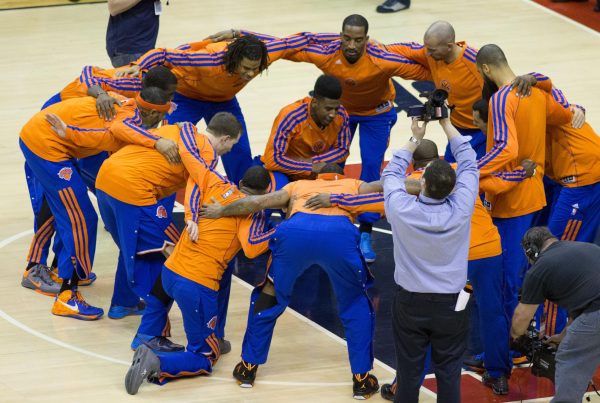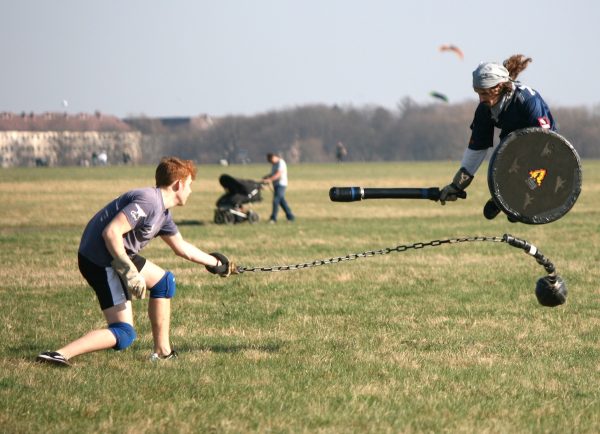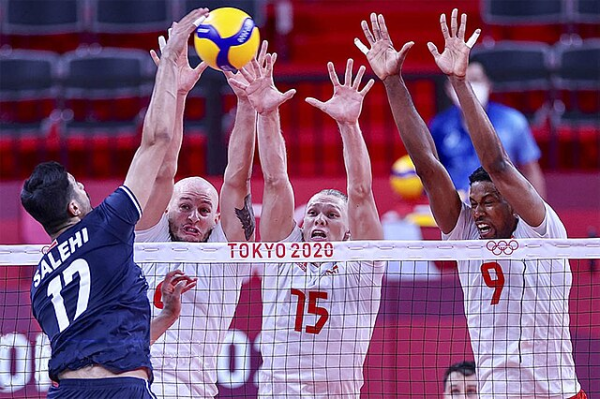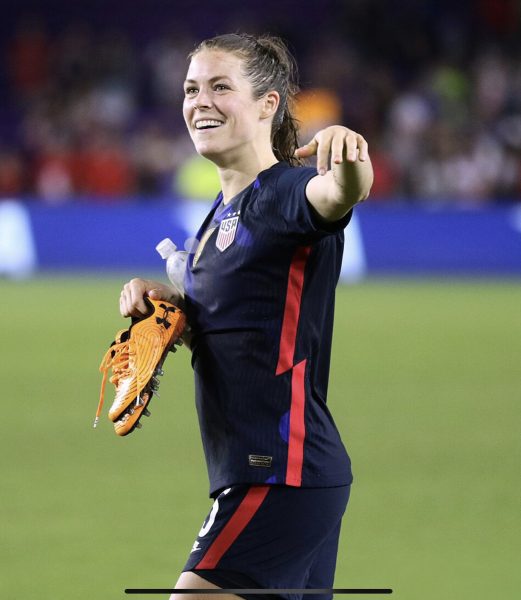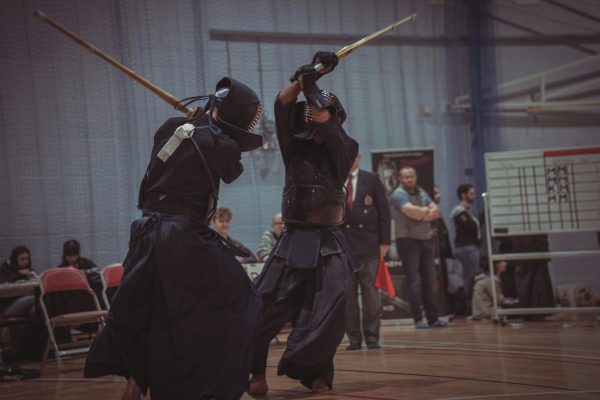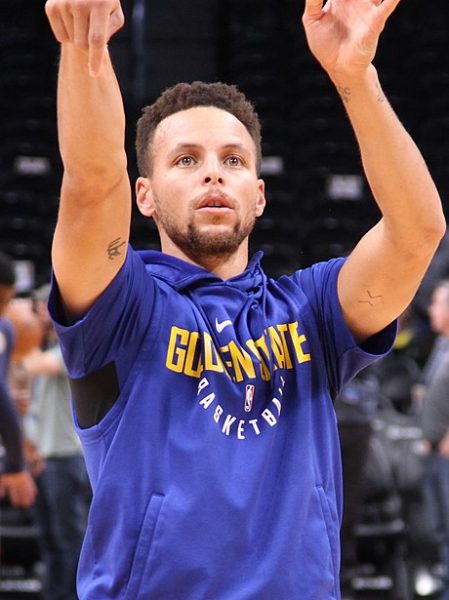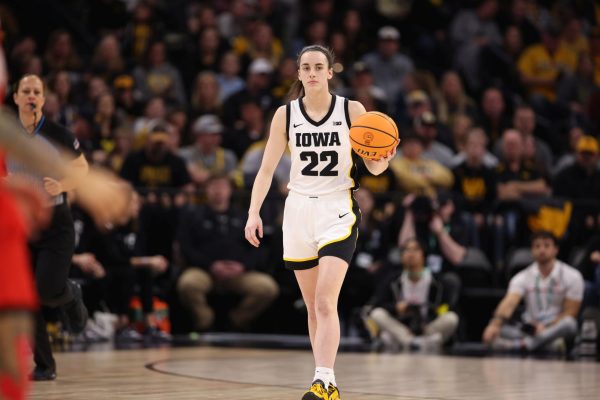Facing Hard Truths in Sports
“Athletes should come forward with these allegations both for themselves and for the community. It exposes the companies for their true activities, which is beneficial to society,” said Sophie Poritzky ’21.
By the time Mary Cain was a sophomore in high school, she was considered the fastest girl in America. By the time she was 17, she accomplished another major goal, becoming the youngest American track and field athlete to make a World Championships team. Cain joined the Nike Oregon Project, directed by the seasoned track phenomenon, Alberto Salazar. Shortly after she joined, everything fell apart. Just as quickly as Cain had risen to fame and greatness, she had fallen down.
In an opinion documentary for The New York Times, Cain made abuse allegations against the Nike Oregon Project. She said that Salazar constantly encouraged her to lose unhealthy amounts of weight. She also accused him of berating her in front of her teammates, for not meeting weight goals. Cain also broke multiple bones, as a result of malnutrition.
What happened to Cain is not an uncommon case. Many female athletes, especially those who are younger, are crushed by the pressure of a culture that thrives off winning. They face unrealistic demands from coaches, teammates, and most often themselves. This pressure is even present among high school athletes.
“As a gymnast, a huge part of the sport is our bodies, whether it’s being in shape to learn new things and continue to do well or even just me being self-conscious wearing my leotard. I often feel insecure because so many other athletes have better bodies and they’re skinnier than me. I think most of my pressure is not from others but from myself, based on what I think about myself compared to others,” said Sadie Sherman ’21. Sports can often foster insecurities in the minds of athletes, because the competition is always faster and stronger, and in Cain’s case it was only made worse by the pressure from her coaches.
In some circumstances, the atmosphere of competition can be more positive than negative, sometimes it can encourage an athlete to become stronger and to work towards beating their opponents. “As an athlete, I always feel pressure to change my body, but not in the same way that Mary Cain was pressured. My goal is to improve my strength and skills, which is somewhat of a change,” said Sophie Poritzky ’21.
Cases of teenage athletes facing pressure to conform to ideal athletic body types have always been present, but they have been ignored and tossed to the side. It’s important for athletes to come forward in these scenarios, not only for others in the spotlight but also for those in sports at a high school or collegiate level. “It is important for athletes to talk about these things because it shows that so many companies are guilty of this and they support these horrible ways of making people feel worse about themselves,” said Sherman. Talking about abuse in the sports world allows us to stand up for people like Mary Cain and try to stop another athlete from being beaten down.
Many female athletes, especially those who are younger, are crushed by the pressure of a culture that thrives off winning.
Ramisa Promi is a Managing Editor/Advisory Editor for ‘The Science Survey’. Ramisa finds journalistic writing appealing because it gives writers the...


